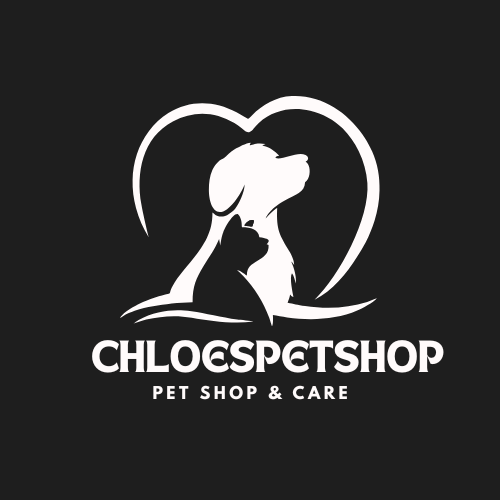
The Art of Pet Pampering: A Comprehensive Guide to Pet Grooming
Share
Pet grooming is not just about maintaining your furry friend’s appearance; it’s a holistic practice that contributes to their overall well-being. In this comprehensive guide, we’ll explore the various facets of pet grooming, from basic practices to specialized care, ensuring that your pets not only look their best but feel their best too.
Regular Brushing for Healthy Coats: Brushing your pet is more than a cosmetic ritual; it plays a crucial role in maintaining a healthy coat and preventing matting. The frequency of brushing depends on your pet’s breed and hair type. Long-haired breeds often require daily brushing to prevent tangles and mats, while short-haired breeds may need it once a week. Regular brushing helps distribute natural oils, removes loose hair, and minimizes shedding. It’s also an excellent opportunity to check for any skin abnormalities, lumps, or parasites that may need veterinary attention.
Bathing Essentials: While not all pets enjoy water, bathing is an essential part of their grooming routine. Use pet-friendly shampoos that cater to your pet’s specific needs—whether it’s for sensitive skin, flea prevention, or deodorizing. Be sure to choose a suitable location for bathing, whether it’s a tub, sink, or even an outdoor area. Use lukewarm water and ensure that the shampoo is thoroughly rinsed off to prevent skin irritation. Bathing frequency varies, but in general, most pets benefit from a bath every 4-6 weeks.
Nail Trimming and Paw Care: Neglecting your pet’s nails can lead to discomfort and potential health issues. Regular nail trimming is vital to prevent overgrowth, which can cause pain and difficulty walking. Invest in quality nail clippers designed for pets and familiarize yourself with the quick—the sensitive part of the nail that contains blood vessels. If you’re unsure, seek guidance from a professional groomer or veterinarian. Additionally, pay attention to your pet’s paw pads, keeping them clean and checking for any signs of injury or irritation.
Ears and Eyes: Ear cleaning is an often overlooked aspect of pet grooming. Depending on your pet’s breed, ear shape, and activities, they may be prone to ear infections or excessive wax buildup. Use a gentle ear cleaning solution and a cotton ball to clean the ears, avoiding the ear canal. Similarly, keep an eye on your pet’s eyes, especially for breeds prone to tear staining. Use a damp cloth to clean around the eyes, and if you notice persistent tearing or redness, consult with your veterinarian.
Professional Grooming Services: While regular at-home grooming is crucial, some pets benefit from professional grooming services. Professional groomers are trained to handle various breeds and can provide specialized services like breed-specific haircuts, dental cleaning, and skin treatments. Additionally, grooming sessions with professionals can be an opportunity to identify any underlying health issues or changes in your pet’s condition that may require veterinary attention.
Pet grooming is a holistic practice that goes beyond aesthetics. Regular brushing, bathing, nail trimming, and attentive care for your pet’s ears and eyes contribute to their physical health and emotional well being. Whether you choose to handle grooming at home or seek the expertise of a professional, the key is to approach grooming as an essential part of your pet’s care routine. By incorporating these practices into your pet’s life, you not only ensure they look their best but also promote a happy, healthy, and comfortable life for your cherished furry companion.
